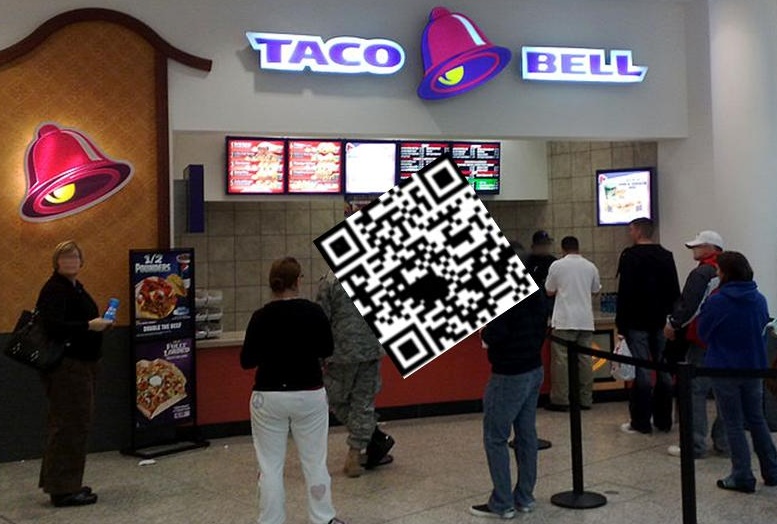 The ESPN College Football campaign used the barcodes to generate hundreds of thousands of scans.
The ESPN College Football campaign used the barcodes to generate hundreds of thousands of scans.
The outcome of the ESPN College Football mobile marketing campaign have now been released by Taco Bell, which has revealed that the QR codes from their product packages were scanned 225,000 times in less than two months.
This marketing effort was part of the overall Bowl Championship series campaign.
Taco Bell feels that this achievement was a considerable one. This is not the first time that the fast food chain has run mobile marketing campaigns that have used QR codes. This time, it is receiving applause from many in the industry for the way that the barcodes were applied in order to generate the greatest amount of attention and use.
The QR codes were placed on the soda cups and the 12 pack taco boxes throughout the campaign.
Those items could be scanned using a smartphone and any scanner app designed for reading QR codes – of which there are many available for free. When a customer scanned the barcode, he or she was redirected to analyst Mark May’s previews that were presented for the upcoming games in the series. The initial launch of this campaign was on December 20, and it ran right through until February 3.
The QR codes saw periods of higher and lower popularity, coming to a high point as the games were actually taking place. However, after January 7, there was not as much attention seen by the barcodes, simply because the National Championship Game had already been played by that point. This was, however, a matter of context and the company does not at all consider it to be a failure of the campaign.
Behind the management of the QR codes was Snipp Interactive. Its CEO, Atul Sabharwal, pointed out a number of elements that led to the success and high rate of use in the campaign. He also shared that he feels that this is a prime example of the true potential of these smartphone friendly barcodes as a “mobile response mechanism”. He added that “It’s even more impressive when you consider that this wasn’t a contest, sweepstakes or giveaway, which have traditionally always generated high volumes of responses.”

